When vulvar pain is a part of your life, you’ll search for answers high and low to find a solution - a fix - a cure. You’d probably settle for just a little relief from the more annoying and troubling symptoms. For this reason, oxalates and whether they play a role in vulvar pain, vulvodynia, and other conditions affecting the vulva, like lichen sclerosus, has become a much talked about topic.
If you go onto many public forums, you’ll invariably see patients searching for the best diet to try, talking about how the changes they made are working, or how they’re having minimal success with diet changes, if any at all. The truth is, there is very little research that has been conducted on vulvar pain and diet, so there just isn’t that certainty, the dietary magic bullet, that everyone is searching for. Here we’ll take a look at this much-discussed topic and see just what the research says about it all.
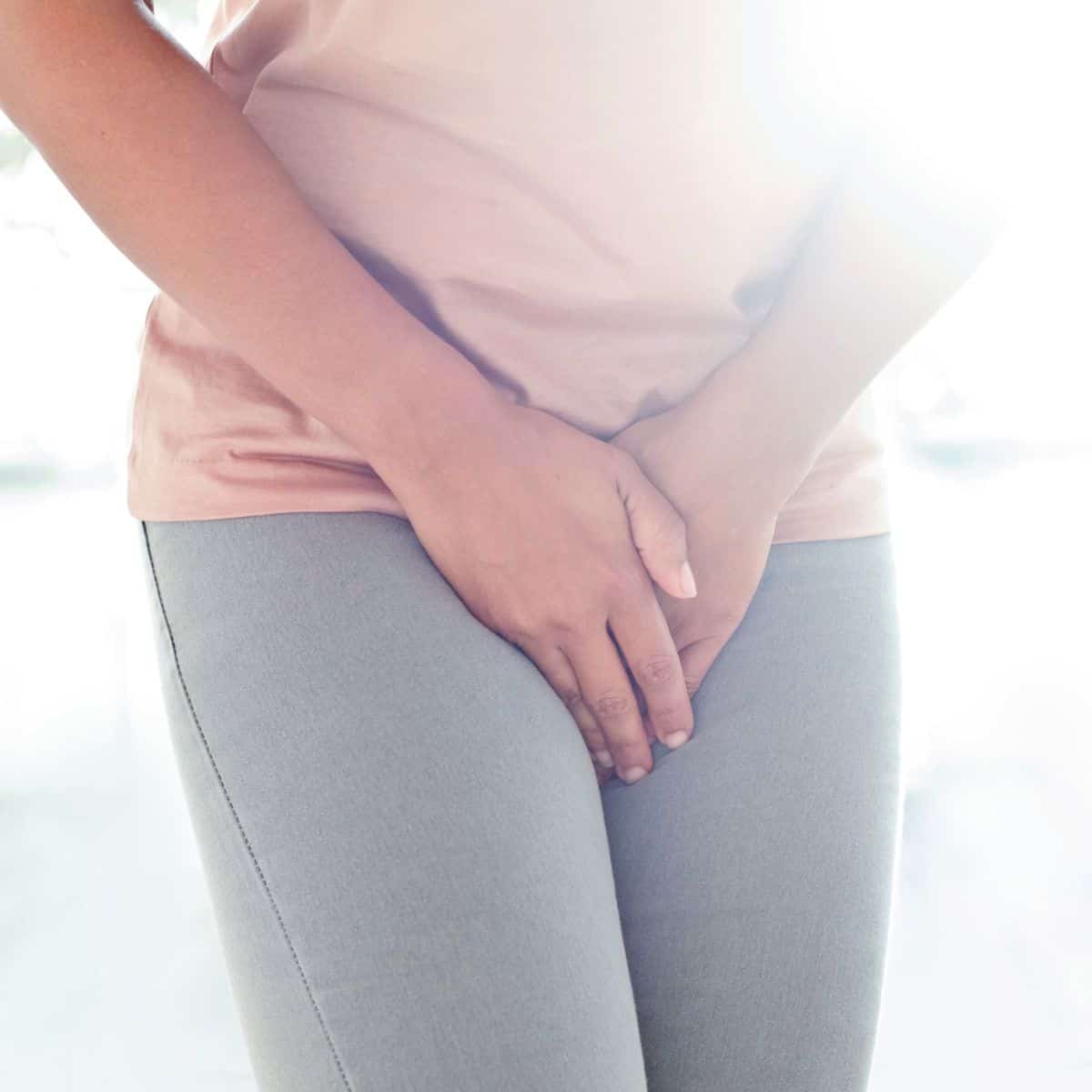
Table of contents
Obligatory Oxalate Overview
In case you don’t want to check out my Oxalates Guide, here’s the gist. Oxalates are naturally occurring organic compounds that are found in a lot of different vegetables and whole foods, like leafy greens, nuts, and even dark chocolate. They are a plant defense mechanism, and similar to lectins and phytates, oxalates are considered to be antinutrients. This is because, once they are consumed, they bind to minerals, like calcium and iron, forming oxalate compounds, rendering them no longer useful to the body in terms of nutrition. They are then processed as waste and these once potentially useful minerals are eliminated from the body.
The Scientific Literature
Even though there isn’t much research looking into this topic, we’re going to take a look at what is out there with respect to oxalate and vulvar pain. Vulvodynia is classified as a chronic pain syndrome of the vulva and can be a bit of an umbrella term for women who suffer from everything from non-specific vulvar pain to diagnosed lichen sclerosus. Many of these conditions cause prolonged vulvar pain that interferes with everyday life. Pain can result from sexual intercourse, tight-fitting clothing, prolonged sitting, exercise, etc.
One of the more recent studies examined the influence of dietary oxalates on the development of vulvodynia. This study from 2008 was looking to see if there was any correlation between eating a diet high in oxalates and the likelihood of developing vulvar pain conditions in adulthood. Using self-reported data, participants tracked their consumption of high-oxalate foods and their total weekly dietary intake of oxalates. Then using conditional logistic regression analyses, researchers determined that there was no increased risk of developing vulvodynia for those consuming an oxalate-rich diet, leading them to conclude that dietary oxalate consumption doesn’t appear to be associated with a greater risk of developing vulvodynia later in life. (1)
Another study, from 2006, examined whether women experiencing vulvar pain, along with hyperoxaluria - a higher oxalate concentration in their urine - would benefit from a low-oxalate diet along with oral intake of calcium citrate, a supplement that helps reduce the level of oxalates in the urine. Out of 40 women with confirmed vulvar pain, just seven of them were found to have hyperoxaluria and only one of these seven experienced benefits from going on a low-oxalate diet and calcium citrate study. Because of this low incidence, of both hyperoxaluria and any achieved benefits resulting from the dietary change, researchers concluded that there was no clinical benefit in performing testing and suggesting a low-oxalate diet for women experiencing vulvar pain. (2)
And before those studies, the role that urinary oxalate excretion played in vulvar pain syndrome was investigated in a study in 1997. Here, women with vulvar pain syndrome and those without were examined for hyperoxaluria, and 59 patients were put on a low-oxalate diet and calcium citrate supplementation. Of these 59, 14 had an objective improvement in their symptoms, but only 6 reported having pain-free sexual intercourse. And, even more, the 24-hour excretion of oxalate was nearly identical between control participants and those with vulvodynia. These results led the researchers to conclude that urinary oxalates may be an irritant that aggravates vulvodynia, but that oxalates being an instigator of vulvar pain was doubtful. (3)
Though this is certainly not exhaustive research, the research that has been done on the topic has demonstrated that the role oxalates play in vulvar pain is weak at best. Yet, it is still a broadly discussed topic in the community. Many women do claim that dietary changes, or even removing dietary triggers, can help manage symptoms -- and if and when that’s the case, any change for the positive is a change worth making. In that case, having the scientific literature to support it might not matter. If it works, it works, who cares why if you’re getting relief!
Another possibility is that dietary changes in one direction are actually yielding additional benefits. An example of this could be that women experiencing vulvar pain may be dealing with high histamines, and since there is a substantial overlap between high-histamine foods and high-oxalate foods, eating low-oxalate foods also reduces their histamine burden, and improves their symptoms for this reason. If this were the case, many women may assume that they had an issue with oxalates, when in reality, they were dealing with a histamine overload or intolerance. To really get to the bottom of this, more targeted and specific research needs to be conducted.

Oxalic Acid and Urinary pH
Another thing to consider when looking at what role oxalates play in vulvar pain conditions is how oxalic acid affects the acidity of urine. There are several claims that state that reducing oxalates in the diet equates to more alkaline urine, and that more alkaline urine reduces the sting and discomfort experienced by those with vulvar skin conditions during urination. However, if you look into the research on what role oxalates play in the formulation of kidney stones, you see that it might not be so clear cut.
The literature states that the role of urine pH in the formation of calcium oxalate stones is quite controversial and research has suggested that oxalic acid plays a small role in urinary pH and that calcium oxalate kidney stones can form in the urine of any pH. In fact, the benefit of increasing urine pH (making it more alkaline) in people who had a lower, more acidic urinary pH concerning stone formation wasn’t certain. (4)
Another study looking at kidney stone formation and urinary pH levels summarized that the two dietary changes that would likely lead to a lower, more acidic urinary pH were an increase in the consumption of meat and a decrease in the consumption of fruit. The pH change associated with eating a diet lower in oxalates was not clear. (5) So, the research suggests that these claims of higher pH, or more alkaline urine, resulting from a low-oxalate diet don’t appear to be substantiated.
Despite some anecdotal evidence and community claims about the benefits of reducing oxalates, the scientific literature on the topic doesn’t draw a substantial connection between oxalate consumption and vulvar pain. Because there is no hard-and-fast data that can be used to determine the best diet for women with vulvar pain, it becomes more important to do the work yourself at an individual level. Functional testing, food elimination experiments, environmental toxin clean-up, optimized sleep, exercise, trauma work, etc. can help you begin to understand what your root cause contributors are including any trigger foods or things that would be best for you to avoid.
If you have removed oxalates and it proved to have a positive effect on your symptoms, listen to your body but don’t stop there. Find out why and address that underlying dysfunction so you can reintroduce these foods. Permanently eliminating foods is typically a Band-Aid and the underlying dysfunction will usually catch up to you eventually and the eliminations will no longer provide relief. Keep digging until you get all roots!
Autoimmune Success Stories You May Enjoy
Sources
- Harlow BL, Abenhaim HA, Vitonis AF, Harnack L. Influence of dietary oxalates on the risk of adult-onset vulvodynia. J Reprod Med. 2008 Mar;53(3):171-8.
- Greenstein A, Militscher I, Chen J, Matzkin H, Lessing JB, Abramov L. Hyperoxaluria in women with vulvar vestibulitis syndrome. J Reprod Med. 2006 Jun;51(6):500-2.
- Baggish MS, Sze EH, Johnson R. Urinary oxalate excretion and its role in vulvar pain syndrome. Am J Obstet Gynecol. 1997 Sep;177(3):507-11.
- Han H, Segal AM, Seifter JL, Dwyer JT. Nutritional Management of Kidney Stones (Nephrolithiasis). Clin Nutr Res. 2015;4(3):137-152.
- Ferraro PM, Bargagli M, Trinchieri A, Gambaro G. Risk of Kidney Stones: Influence of Dietary Factors, Dietary Patterns, and Vegetarian-Vegan Diets. Nutrients. 2020;12(3):779.


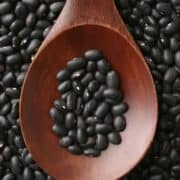
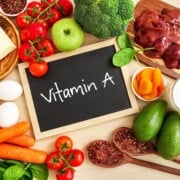
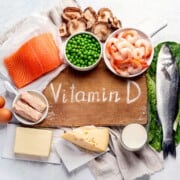
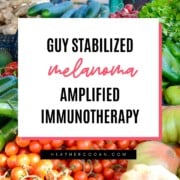
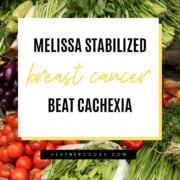
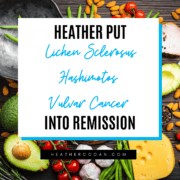
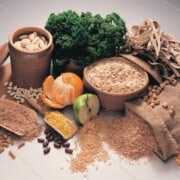




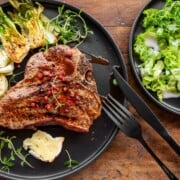
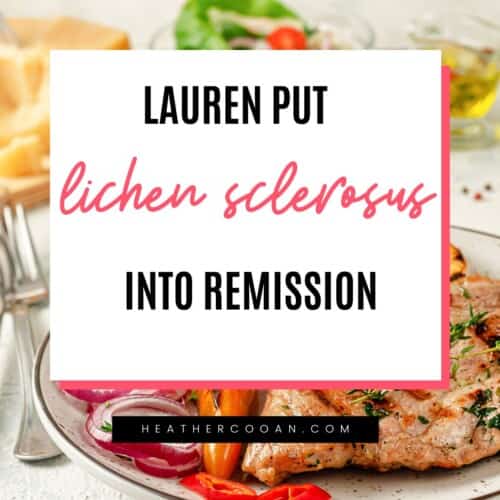
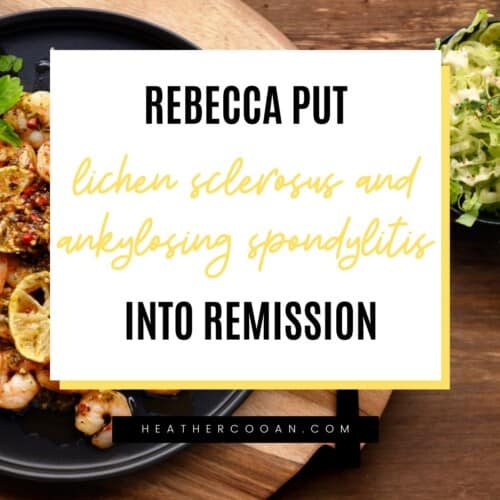

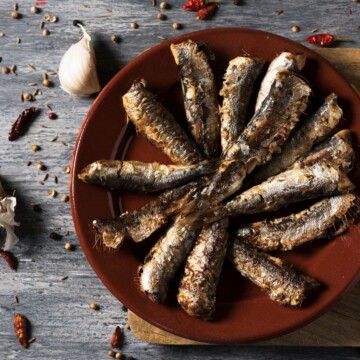

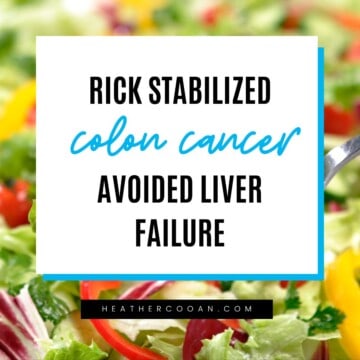


Comments
No Comments